Top 15 Modifications to Increase Fuel Efficiency in Your Vehicle
Improving your vehicle’s fuel efficiency not only saves you money but also reduces your environmental impact. By making a few strategic modifications, you can enhance your car’s performance and get more miles per gallon. Here are 15 modifications that can help you increase fuel efficiency and make every drop of fuel count.
Low Rolling Resistance Tires
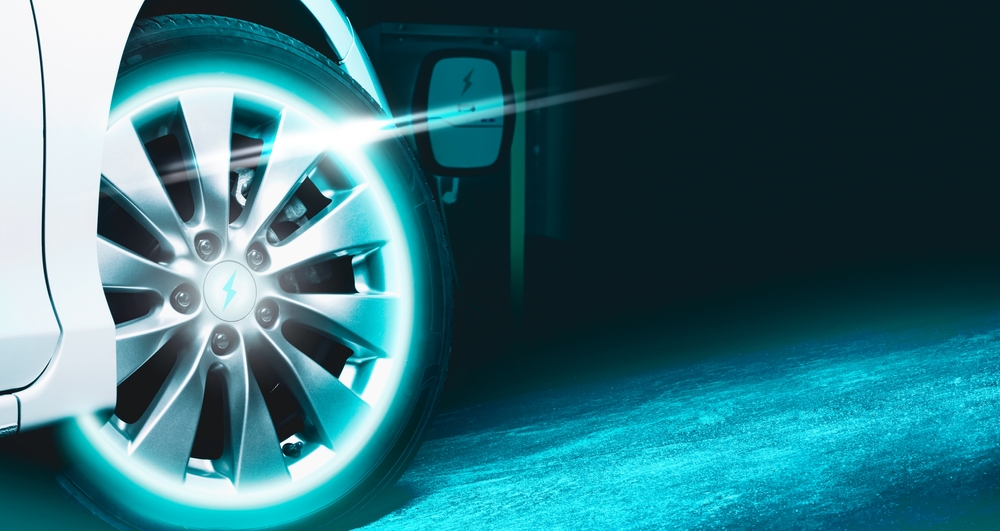
One effective way to improve your vehicle’s fuel efficiency is by switching to low rolling resistance tires. These tires are engineered to minimize the energy loss as they move, reducing the effort required to keep the vehicle in motion. By lowering rolling resistance, the engine doesn’t have to work as hard, which directly translates into better mileage. Research suggests that these tires can enhance fuel economy by up to 3%.
Aerodynamic Modifications

To reduce drag and enhance fuel efficiency, consider making aerodynamic modifications to your vehicle. Simple adjustments like adding a front air dam, rear spoiler, or removing roof racks can make a significant difference. A more streamlined vehicle requires less power to maintain highway speeds, thereby improving fuel economy. These modifications can lead to a 5-7% increase in overall efficiency.
High-Flow Air Filters
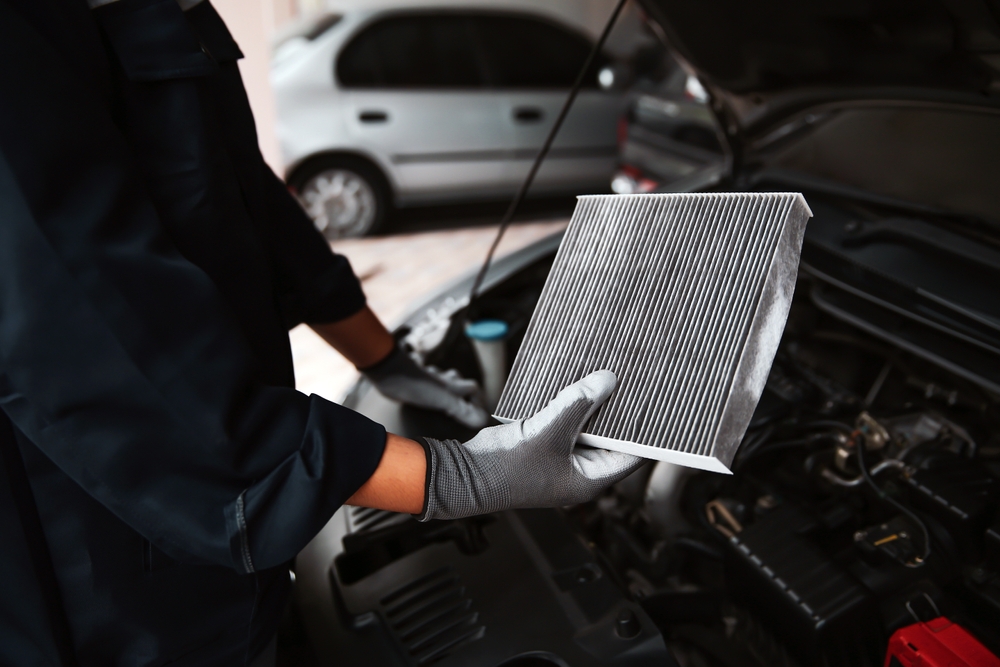
Upgrading to a high-flow air filter can lead to better fuel efficiency. These filters allow more air to reach the engine, improving combustion and power output. As a result, the engine burns fuel more efficiently, leading to a modest increase in fuel economy. This is a simple yet effective modification for most vehicles.
Lightweight Components
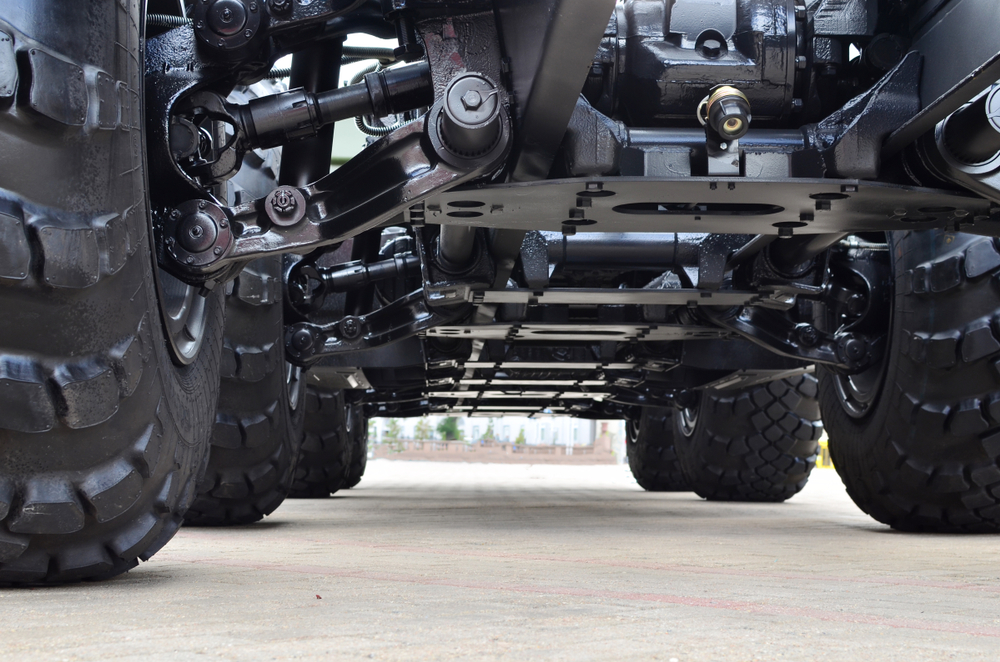
Reducing your vehicle’s weight by using lightweight components is another proven method to increase fuel efficiency. Replacing heavy parts such as steel wheels, hoods, or exhaust systems with lighter alternatives like aluminum or carbon fiber can significantly decrease the overall weight of the vehicle. A lighter car requires less energy for acceleration, and every 100 pounds removed can improve fuel economy by 1-2%.
Engine Tuning and ECU Remapping
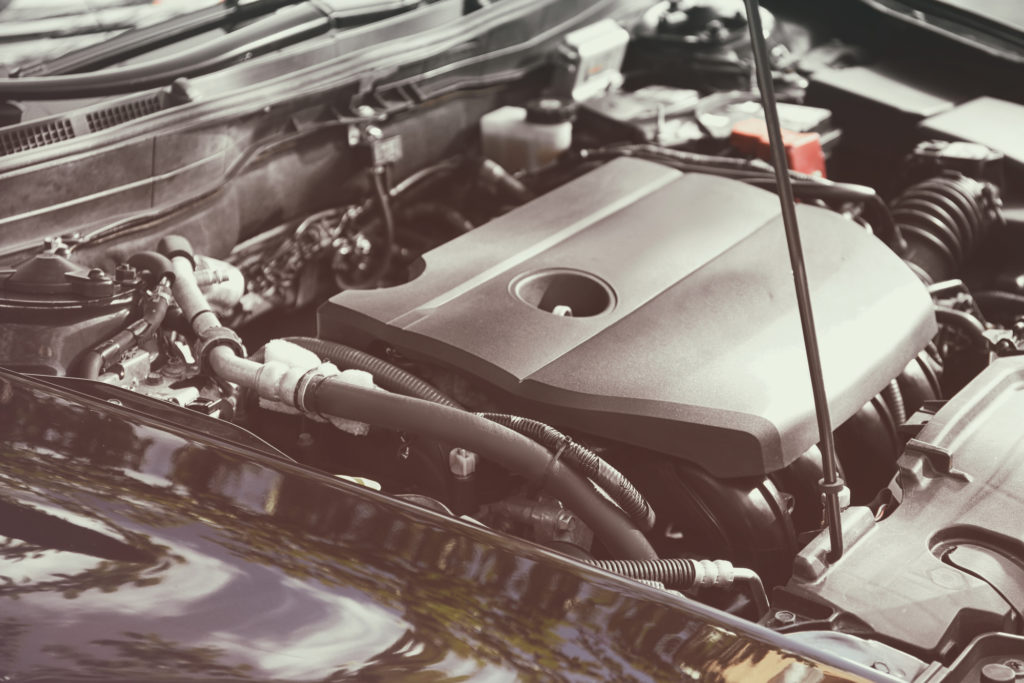
Optimizing your vehicle’s engine through tuning or ECU remapping can result in better fuel efficiency. By adjusting parameters like the air-fuel ratio and ignition timing, the engine can be made to run more efficiently. This not only enhances power output but also reduces fuel consumption.
Low-Viscosity Engine Oils
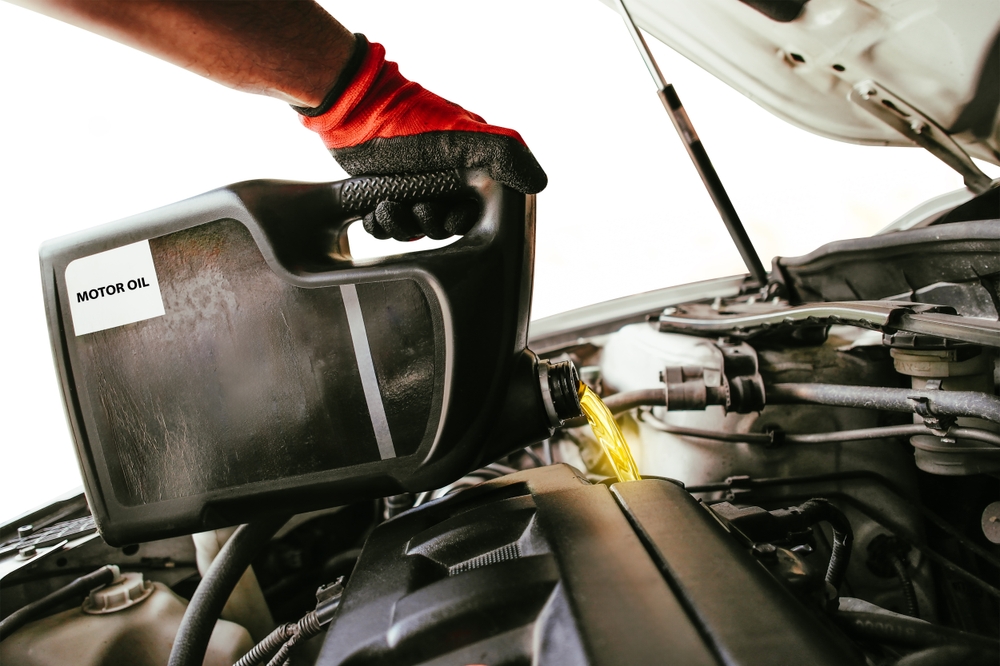
Using low-viscosity engine oils can help reduce internal engine friction, which in turn can boost fuel efficiency. These oils flow more freely at lower temperatures, minimizing the energy lost to friction within the engine. As the engine doesn’t have to work as hard, you can see a fuel economy improvement of 1-2%. It’s a cost-effective modification that yields consistent results.
Fuel Injection Upgrades
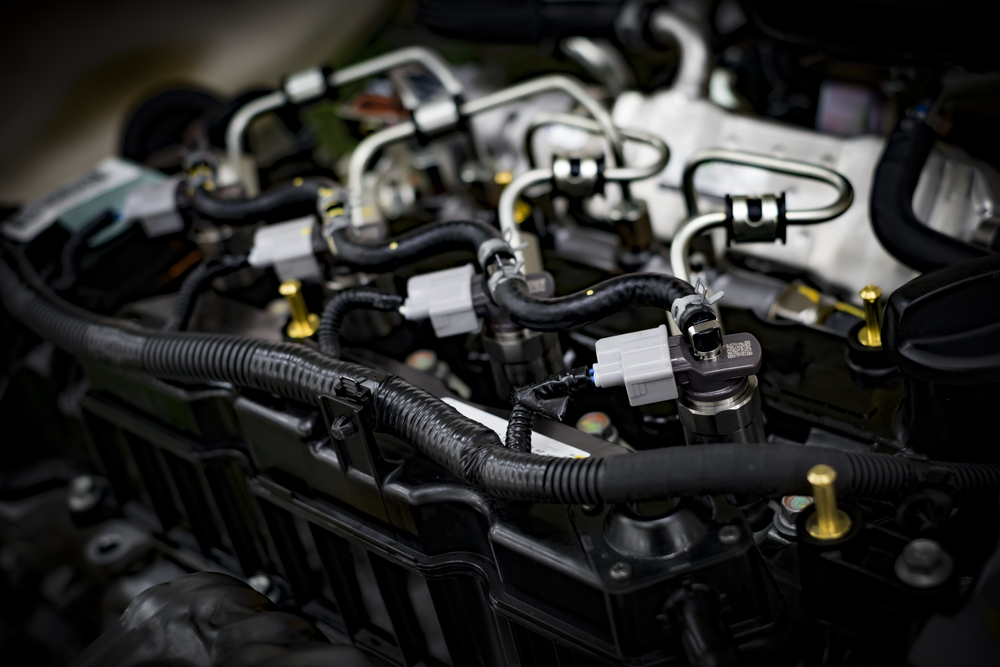
Upgrading your vehicle’s fuel injectors can improve the precision of fuel delivery, which enhances combustion efficiency. Modern high-performance injectors optimize the spray pattern and atomization of fuel, leading to a more complete burn. This improvement can reduce the amount of fuel needed to generate the same power, potentially increasing fuel economy.
Cold Air Intakes
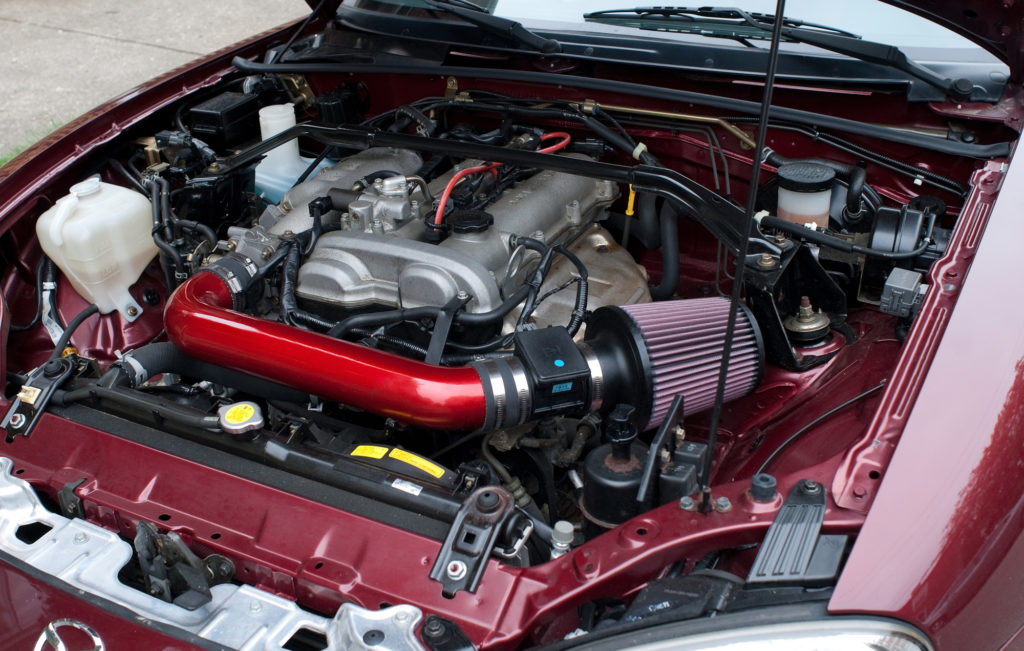
Installing a cold air intake system is a popular modification that can increase fuel efficiency. By allowing cooler, denser air to enter the engine, combustion is improved, leading to better power output. The result is not only enhanced performance but also an increase in fuel economy, depending on the vehicle and driving conditions.
Tire Pressure Monitoring
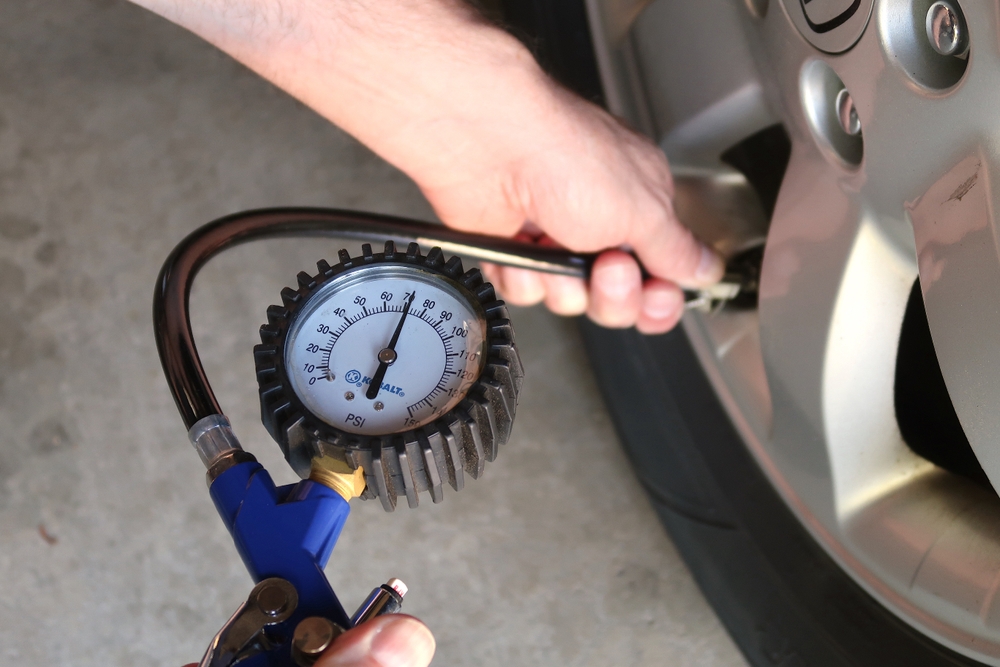
Maintaining proper tire pressure is essential for maximizing fuel efficiency, and a tire pressure monitoring system (TPMS) can help. Under-inflated tires create additional rolling resistance, making the engine work harder and consume more fuel.
Regenerative Braking Systems
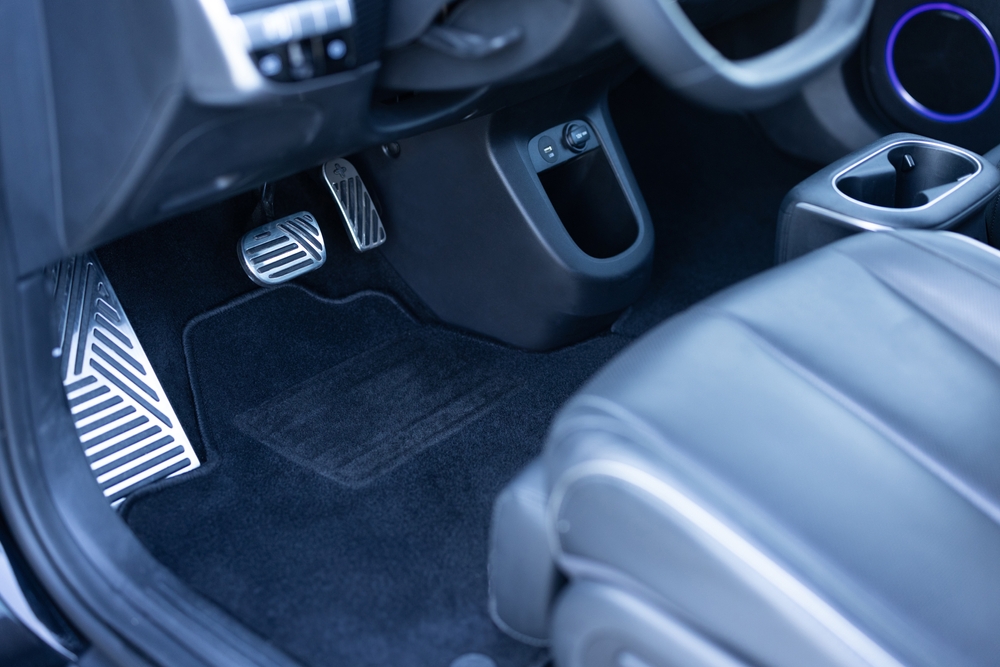
Retrofitting your vehicle with a regenerative braking system can significantly improve fuel efficiency, especially in urban driving. These systems convert kinetic energy into electrical energy, which is then stored and used to recharge the battery. By reducing the load on the engine, particularly in stop-and-go traffic, regenerative braking can boost fuel efficiency.
Engine Start-Stop Systems
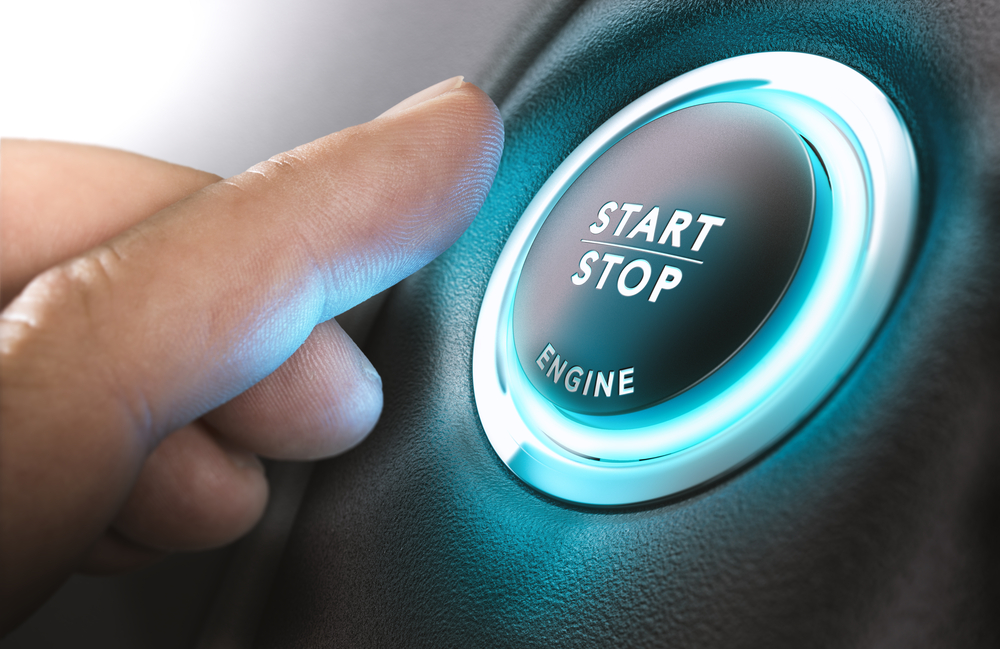
Installing an engine start-stop system can save fuel by automatically shutting off the engine when the vehicle is idling. When you release the brake or press the accelerator, the engine restarts instantly, reducing fuel consumption during idle periods.
Hydrogen Fuel Cells
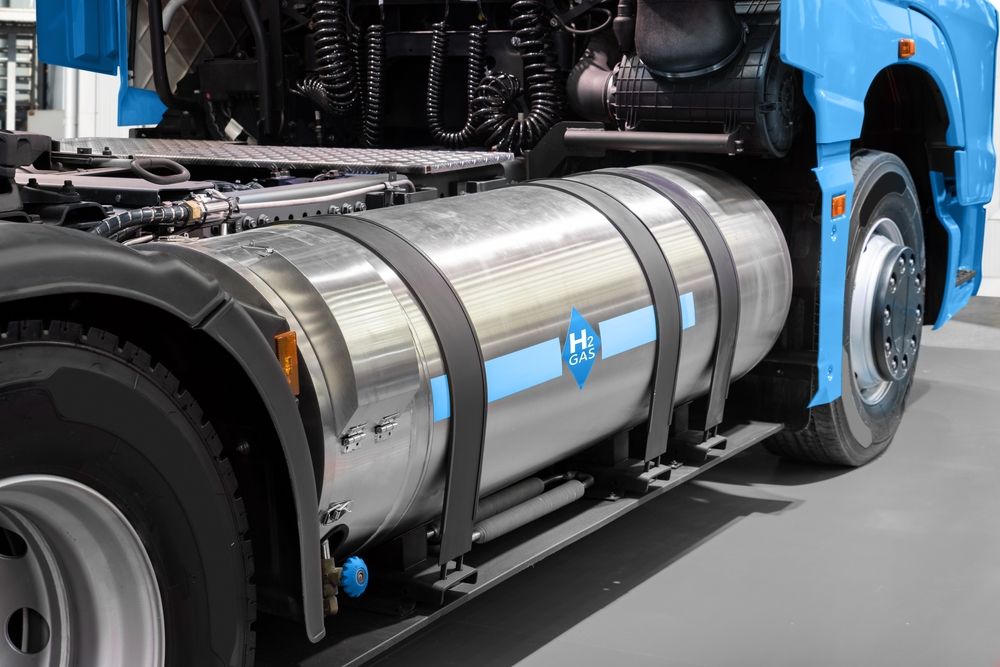
While still an emerging technology, hydrogen fuel cells can drastically improve fuel efficiency in vehicles. These systems generate hydrogen on-demand, which is then injected into the engine to enhance combustion efficiency. The result is a significant boost in fuel economy, sometimes up to 20-30%, although the technology is still in the developmental phase for many vehicles.
Exhaust System Upgrades
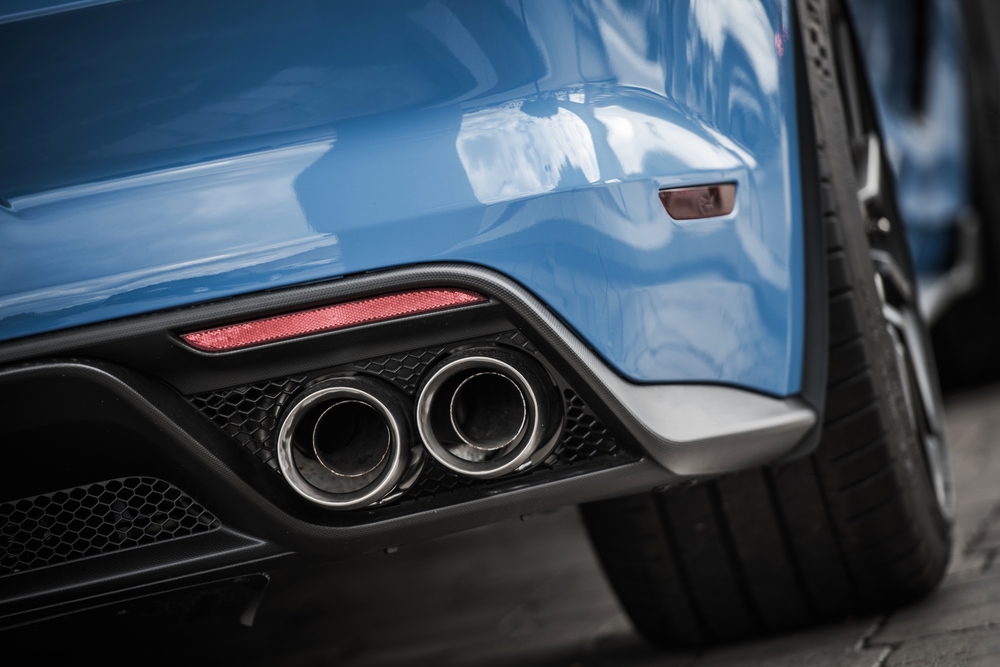
Upgrading to a high-flow exhaust system can help your engine expel exhaust gases more efficiently, which improves overall fuel economy. By reducing backpressure, the engine operates more smoothly and requires less fuel to generate the same amount of power.
Throttle Body Spacers
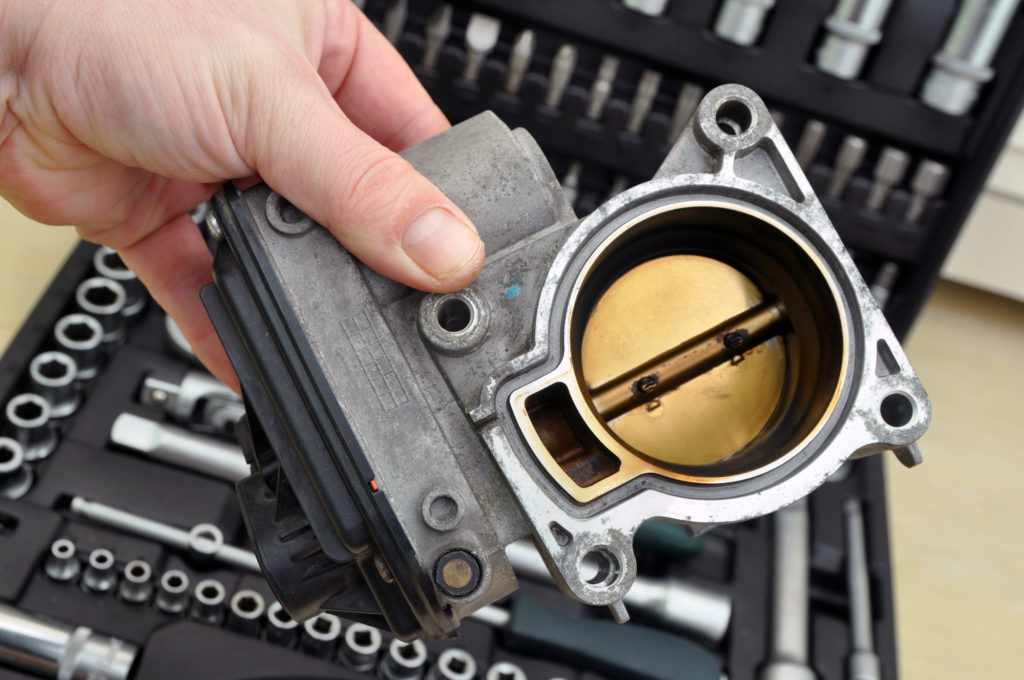
Installing a throttle body spacer can enhance the air-fuel mixture entering the engine, leading to better combustion and improved fuel efficiency. These spacers create a swirling effect that promotes a more complete burn.
Weight Reduction through Carbon Fiber Components
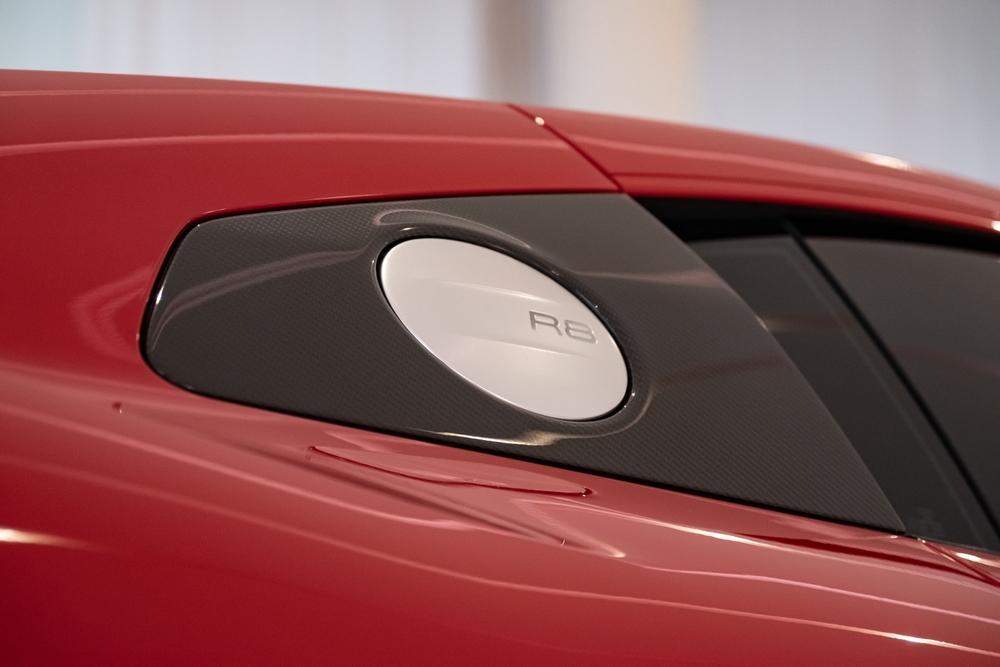
Reducing vehicle weight through the use of carbon fiber components is a proven method to increase fuel efficiency. Carbon fiber is both lightweight and strong, making it an ideal material for hoods, trunks, and other body panels.
This article originally appeared on MyCarMakesNoise.
More from MyCarMakesNoise
15 Prestige Cars Popular Among Wealthy Americans and Their Prices
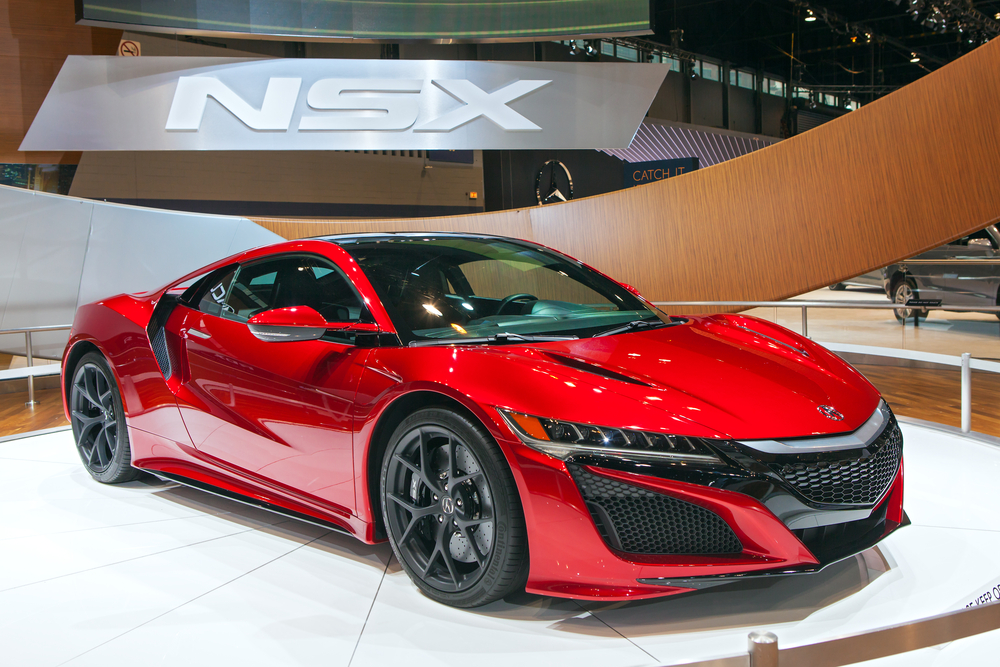
Wealthy Americans often pick cars that are not only luxurious and fast but also equipped with the latest technology. In this look at some of their top choices, we’ll find out why these cars are favorites and how much they cost. Read More.
25 Rare Supercars That Define Luxury and Exclusivity

For car enthusiasts and collectors, nothing beats the allure of rare supercars that epitomize luxury and exclusivity. These extraordinary vehicles are more than just modes of transportation; they are masterpieces of engineering and design, each with a unique story and unparalleled performance. Read More.
13 Trucks That Set the Standard for Modern Freight Transport

Freight transport has come a long way, thanks to the ingenuity and power of some legendary trucks. These trailblazing vehicles not only revolutionized the industry but also set new standards for efficiency, reliability, and innovation. Read More.
Author: Dave Johnston
Dave is a hands-on automotive technician with experience in performing service, diagnostics, and repairs on domestic and imported vehicles. He enjoys writing and sharing his knowledge far and wide.
5 Mods That Can Boost Your Car’s MPG
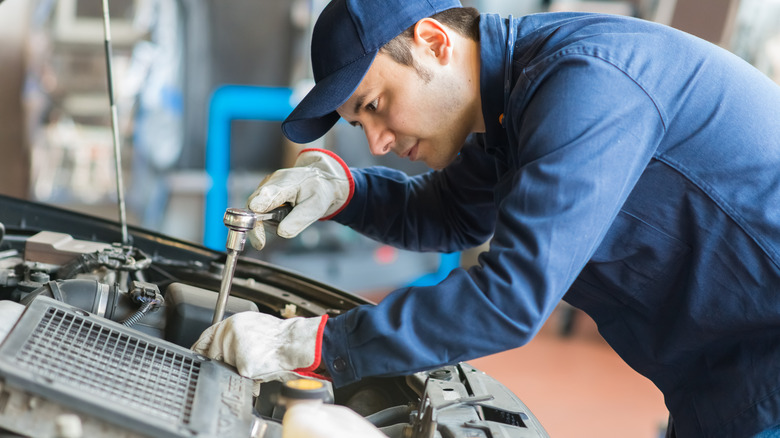
Fuel efficiency is a concern for almost every driver, whether you love short city commutes, road-tripping in grand routes, or off-roading in the Sandstone Canyon. There are a lot of ways to use less gas while driving, such as eliminating excess weight, going easy on the throttle, reducing engine idle times, and even avoiding unnecessary trips. Car manufacturers also introduced several effective fuel efficiency technologies, ranging from continuously variable transmission systems to mild hybrid systems and start-stop technology. While some drivers might rely on driving habits to cut fuel costs, there are several physical mods you can add to your car that would make a difference.
Typically, called eco-mods (or eco-modding), these modifications reduce your car’s fuel consumption, with methods that involve tweaking the engine or adding aftermarket parts. What’s exciting is that these mods also boost your car’s performance and aesthetic appeal in addition to improving efficiency. But what exactly are these mpg-oriented car mods, and how do they help you save at the pump?
Cat-back exhaust system
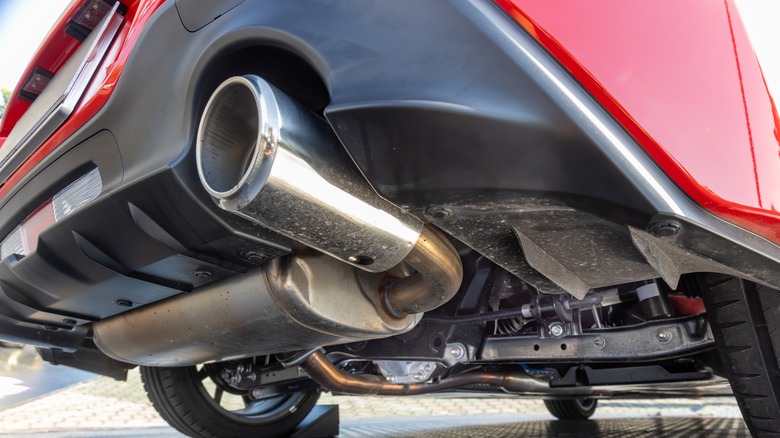
Improving your car’s airflow is a great way to boost your car’s efficiency, and the cat-back system does just that. This modification replaces your car’s original exhaust setup from the catalytic converter to the exhaust tip, meaning your car gets a new muffler, tailpipe, new connecting pipes, and resonator (if present). In terms of benefits, cat-back exhausts are known to be better than axle-back systems, which only replace components between the rear axle and the exhaust tip. Cat-back systems often come with larger pipes that reduce back pressure and allow for a fast release of exhaust gases.
There’s a myth that increased airflow makes the engine consume more fuel, but this couldn’t be further from the truth. The reality is that the improved airflow lets the engine breathe easily and operate more efficiently by reducing the energy needed to push the exhaust gases out. Also, unlike the aforementioned axle-back systems, the cat-back exhaust system helps you get more miles per gallon while boosting your car’s horsepower, too. As a bonus, a cat-back system gives your car a sporty exhaust tone.
Aerodynamic body mods

Aerodynamics heavily impacts fuel efficiency. Here’s a basic rule of thumb: the more streamlined your vehicle is, the less air resistance it will face. That means the engine won’t have to work as hard to accelerate or maintain speed. The best way to achieve this is through aerodynamic body modifications. Affordable ways of achieving this are simple modifications like removing the roof rack or other accessories.
If you have a more flexible budget, you can opt for advanced aerodynamic body modes, such as installing aerodynamic front bumpers or wheel arches, designed specifically for your vehicle. Either way, the goal is to improve airflow around your car, which reduces air resistance and boosts fuel efficiency. Other weight-saving aerodynamic parts, such as carbon fiber panels, give you the best of both worlds: a sleek exterior and lower curb weight. In this case, your car’s decreased overall weight allows the engine to use less fuel. Another way to improve aerodynamics is to lower your vehicle’s suspension system, which reduces wind resistance.
High-flow cold air intake system
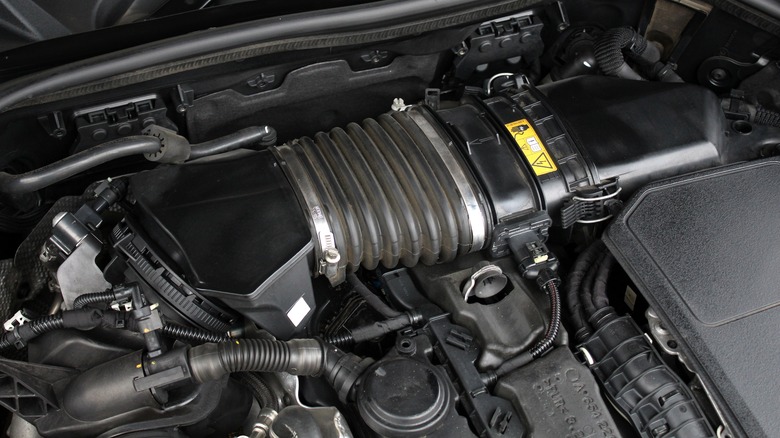
Best Auto Photo/Shutterstock
The quality of air entering your engine influences the car’s performance and mpg. One of the top modifications you should consider when looking to improve your car’s fuel consumption is a cold air intake system. Since factory air intake systems are designed with emissions and noise reduction in mind, they often come at the expense of performance due to their tendency to restrict airflow. Typically, better airflow equals better miles per gallon.
With aftermarket high-flow cold air intakes, the engine draws in more air that is colder, denser, and rich in oxygen. This increased oxygen volume improves combustion efficiency, which allows the engine to burn fuel effectively and extract more power per gallon. These types of intake systems also have larger diameter tubing, which increases your car’s horsepower output by increasing the volume of air entering the engine. To maximize the benefits, consider pairing this mod with a high-quality air filter.
Fuel-saving tires
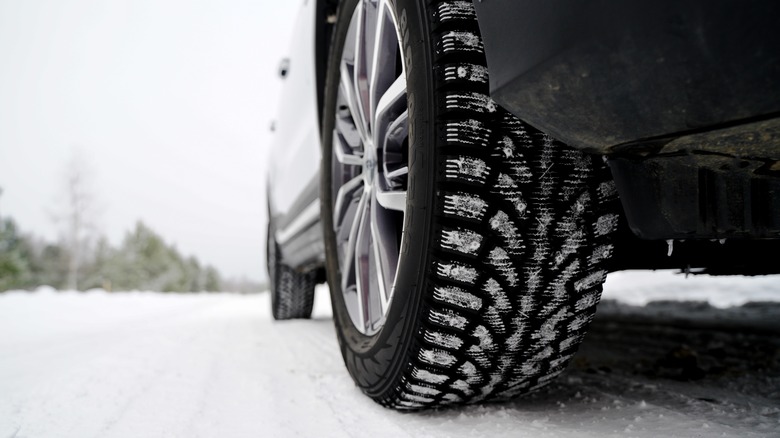
Switching to fuel-saving tires is one of the easiest ways to improve your car’s mpg. Rolling tires deform and generate heat — called rolling resistance — that takes more power from the engine. The energy-efficient tires are designed with low resistance, meaning that they reduce the amount of energy required to maintain motion. Unlike standard tires, which cause drag and reduce fuel economy, fuel-saving tires minimize energy loss, reducing fuel consumption and emissions in the process.
The fuel-saving tires come with specialized tread patterns and rubber compounds that reduce friction and heat build-up. Depending on the type of car and tires, these efficient tires can boost your mileage by 2–3% in sedans and up to 4% in SUVs. This might seem small but adds up over time, especially if you drive frequently.
There are many excellent fuel-saving tires on the market, such as Michelin Energy Saver A/S, Pirelli Scorpion Verde All Season, and Bridgestone Ecopia EP422. In addition to choosing the right tires, you have to care for them properly. Avoid habits that slash your tires’ lifespan, such as ignoring alignment issues. Instead, follow proper tire maintenance — like keeping your tires inflated to the recommended pressure.
Performance chip or tuner
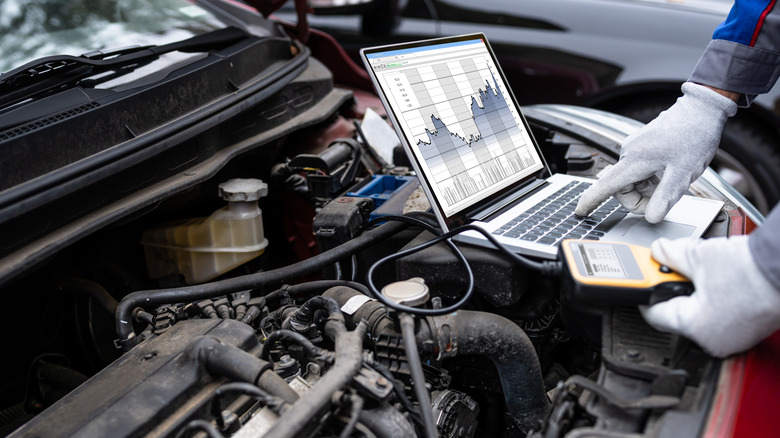
A performance chip or tuner is a powerful tool that lets you optimize your vehicle’s fuel economy. With this device, you can change the settings of your car’s electronic control unit (ECU), which manages functions like air-fuel ratios and ignition timing. While most tunes are geared towards boosting performance, you can program ECU for fuel efficiency too.
You can accomplish this via either remapping, which modifies the existing software, or flash tuning, which completely overwrites the software on the ECU with new programming. The latter is less permanent, but an easier option of the two. Either way, these methods allow for a fuel economy tune, which boosts your car’s mpg.
While the upfront costs of a tune may vary, they give you long-term savings at the pump. As a bonus, some tuners offer the flexibility to switch between economy, performance, and custom modes, depending on driving needs. An example of this versatile system is the Superchips Flashpaq F5 In-cab Tuner, which comes with a graphic interface, and fast processor, and is compatible with vehicles like the Chevy Silverado and the GMC Sierra.
Top 15 Modifications to Increase Fuel Efficiency in Your Vehicle
https://www.slashgear.com/1747983/car-modifications-boost-mpg/
